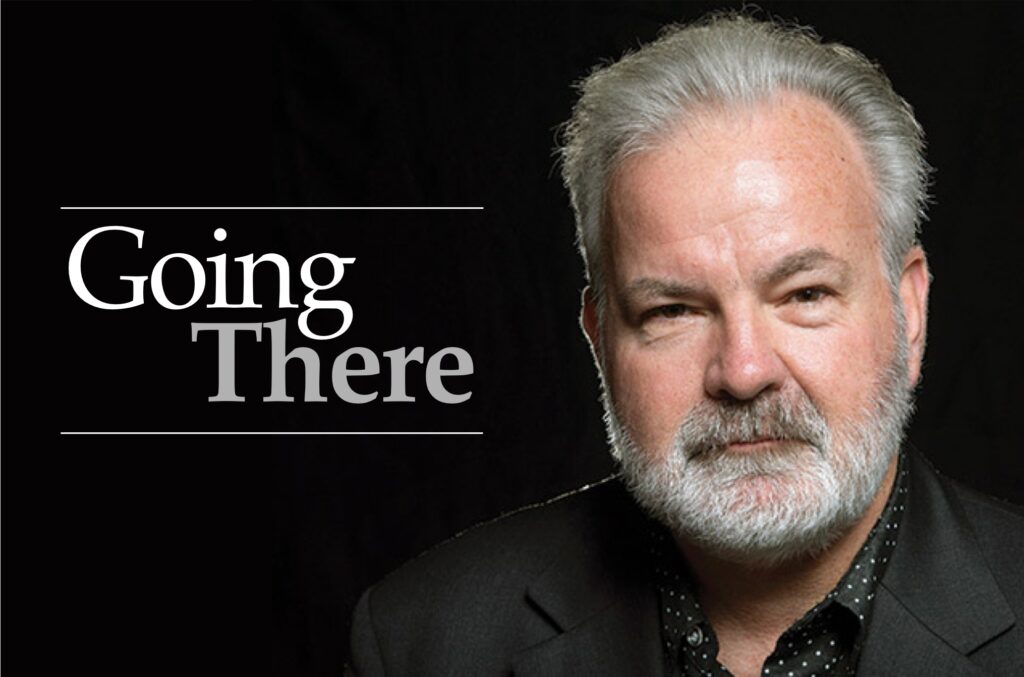Readers comments 6-10-16
Come blow your horn
Dear Editor:
Here’s something for everyone to consider before the Gold Line starts rolling into Claremont, bringing with it, additional noise. According to the Insurance Institute for Highway Safety, there were 7,654 fatalities in automobile intersections in the United States in 2014. Conversely, Operation Lifesaver Inc. (oli.org) reports there were just 262 fatalities in railroad crossings during that same period. Clearly, blowing a horn four times before entering an intersection is effective at saving lives.
So I ask, why stop at just railroad crossings? This month, let’s all follow suit in our cars and make Claremont roads the safest in the country. Surely, if blowing a horn provides an incremental benefit to blinking red lights, bells and crossing gates, wouldn’t it be even more effective without all those safety features?
So, the next time you are in your car navigating through the pedestrian-filled intersections in the Village on Sunday morning, remember…long, long, short, long.
Matt Magilke
Claremont
Claremont Heritage
Dear Editor:
I am deeply grateful to the men and women who put in countless hours organizing and presenting activities throughout the year on behalf of our beautiful city. I realize serving on community committees is often a thankless job and I, for one, would like to remedy that right now.
I have so enjoyed the guided walks, home tours, evening affairs and articles in the COURIER titled “From the Files of Claremont Heritage.”
Primarily, however, I appreciate your effort in the pursuit of preserving what is unique and special about Claremont. In many ways, the result of your efforts reflect the heart and soul of Claremont.
I appreciate knowing we have an organization that considers, and does its best, to protect our history and the ambience of our fine city. I applaud the connections you help create from past to present and present to future. Thank you, Claremont Heritage, for you are truly good stewards of this special place we call home.
Kathryn O’Neal
Claremont
Not that transparent
Dear Editor:
The readers’ comment from Ms. Conard DesMarais in last week’s COURIER regarding “The war on trees” illustrates processes being used by the city manager that have the outward appearance of being arbitrary and capricious.
It seems that city money has been used to remove “healthy” trees while numerous unhealthy or dead trees within the city are being ignored “…because there isn’t enough money in the budget.” [telephone quote from city staffer].
There are several trees in Claremont that are in bad shape. Some have disease, some have been starved of water and have died, others just look pitiful because they seem to have more dead limbs than live. Yet given these obvious and sometimes dangerous problems, priority has been given to removing or pruning healthy trees? The policy for making these determinations is not transparent.
Is there a written rationale for making these decisions? If so, is it being adhered to? Furthermore, if the budget cannot take care of the existing problems then how can we justify paying tens of thousands of dollars to the city manager as a “bonus” beyond his regular salary?
John Roseman
Claremont
Our changing landscape
Dear Editor:
“The sky has not fallen! Life in Claremont will continue!” writes Mr. Don Fisher in his June 3 letter, echoing sentiments no doubt shared by other Pomona College zone change supporters. It is understandable, I suppose, that supporters of the zone change would wish us not to reflect upon what has transpired, and just to “move along.”
As it has been stated repeatedly, the issue with Pomona College’s requested (and regrettably, granted) zone change was never about having a museum or not having a museum. Though Pomona College tried its hardest to portray it as such. The debate was only ever about an appropriate location.
As a point of clarification, and hopefully honest reflection, this zone change issue has much broader and more serious implications than just the transitory controversy over a simple museum location. The issue involves our city administration’s respect, or lack of respect, for our community’s own self-defined vision for our Village.
It involves not only our community’s decades-long, multi-faceted efforts to craft our planning and regulatory documents—the general plan, municipal code and Village Design Plan—but also the city’s adherence to them in any particular circumstance.
Looking forward, one must ask, what confidence can any one of us have in the outcome of any future issue, if our own approved and accepted documents can be brushed aside and ignored, on the fly, to suit the whim of the day? We should all be sobered by the ramifications of un-moored governance.
Douglas Lyon
Claremont
SB 1107
Dear Editor:
The California senate will soon consider SB 1107, a bill to remove the 28-year-old ban on public financing of campaigns that keeps our state and local governments from finding innovative ways to approach campaign regulation. This bill does not establish a public financing program or require any government to offer public financing. It merely provides an option for innovation, including voluntary programs like those already in place in six charter cities.
Other provisions of the bill work to combat corruption and undue influence by banning foreign money from California state and local candidate elections and requiring public officials convicted of corruption to donate their unspent campaign funds to the general fund.
The League of Women Voters has long worked to promote maximum citizen participation in the political process and combat public cynicism about government. SB 1107 will create flexibility for local governments to explore public financing options that increase voter participation, restore public trust and strengthen our representative democracy. Urge your senator to support this valuable bill.
Ellen Taylor
VP Advocacy, LWV of the
Claremont Area









0 Comments